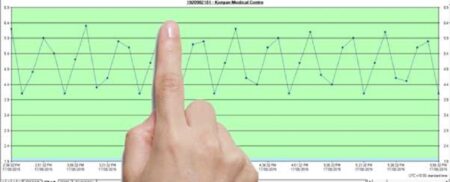A PENSION increase every March and September is a thing to be grateful for, but there is a glaring and very obvious flaw in the way the pension is indexed.
Let’s say between March and September, the pensioner cost of living goes up by a total of $100. In September, the pension is duly increased by a total of $100 over six months ($200 over a year).
Pensioners are now able to pay for the goods and services like before.
But wait.
What about the one-hundred dollars they had to find between March and September? Are they getting that back, too?
No, they are not.
In other words, every six months pensioners lose some purchasing power.
Because this happens every six months, it starts to add up.
After a few years, it becomes very, very obvious that the pension ain’t what it used to be.
And it is brought into sharp focus when the cost of living (inflation) spikes. When all of a sudden it rises sharply.
Then pensioners have a much bigger gap to bridge during the six months it takes for the Government to get around to indexing and increasing the pension.
This is what’s currently happening
Inflation over 2020 was just under 1 per cent, but over 2021 inflation was 3.5 per cent!
This is what prompted CPSA member Jim Christie to ask, “What heartless Government does as a matter of routine ignore the fact that [the cost of] a typical bag of food has risen from $45 to $65 in just 12 months?”
It took a lot of campaigning before the Government gave pensioners a real increase on top of indexation to compensate them for the gradual loss of purchasing power as a result of inadequate indexation practice.
It took a pension review before this was finally done in 2009.
That’s thirteen years ago soon.
It’s obviously time for another pension review, and this time pensioners do not just need a real increase.
What they also need is compensation every six months for the purchasing power they lost over the last six months.
That’s not all a pension review needs to address, but it is an important thing.
Also read:
Bringing back the biff to aged care: providers wars
Aged care: new Support at Home program
